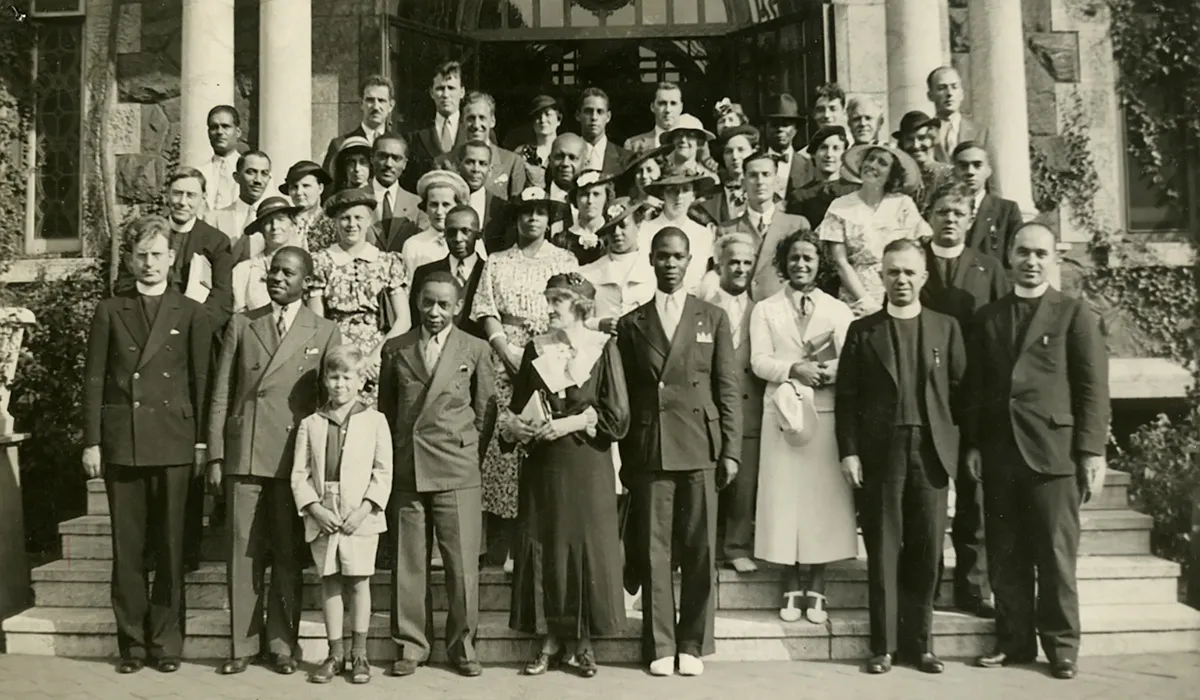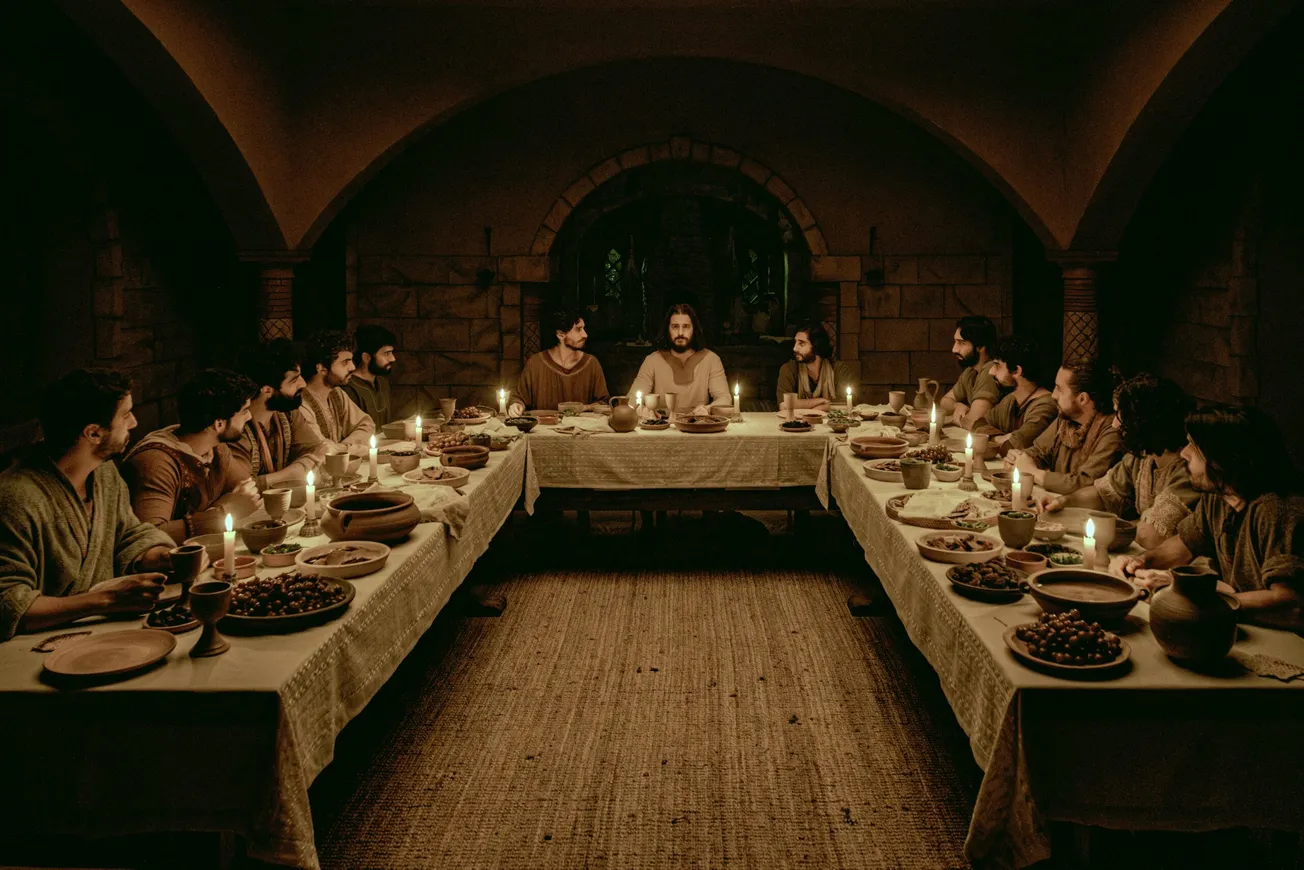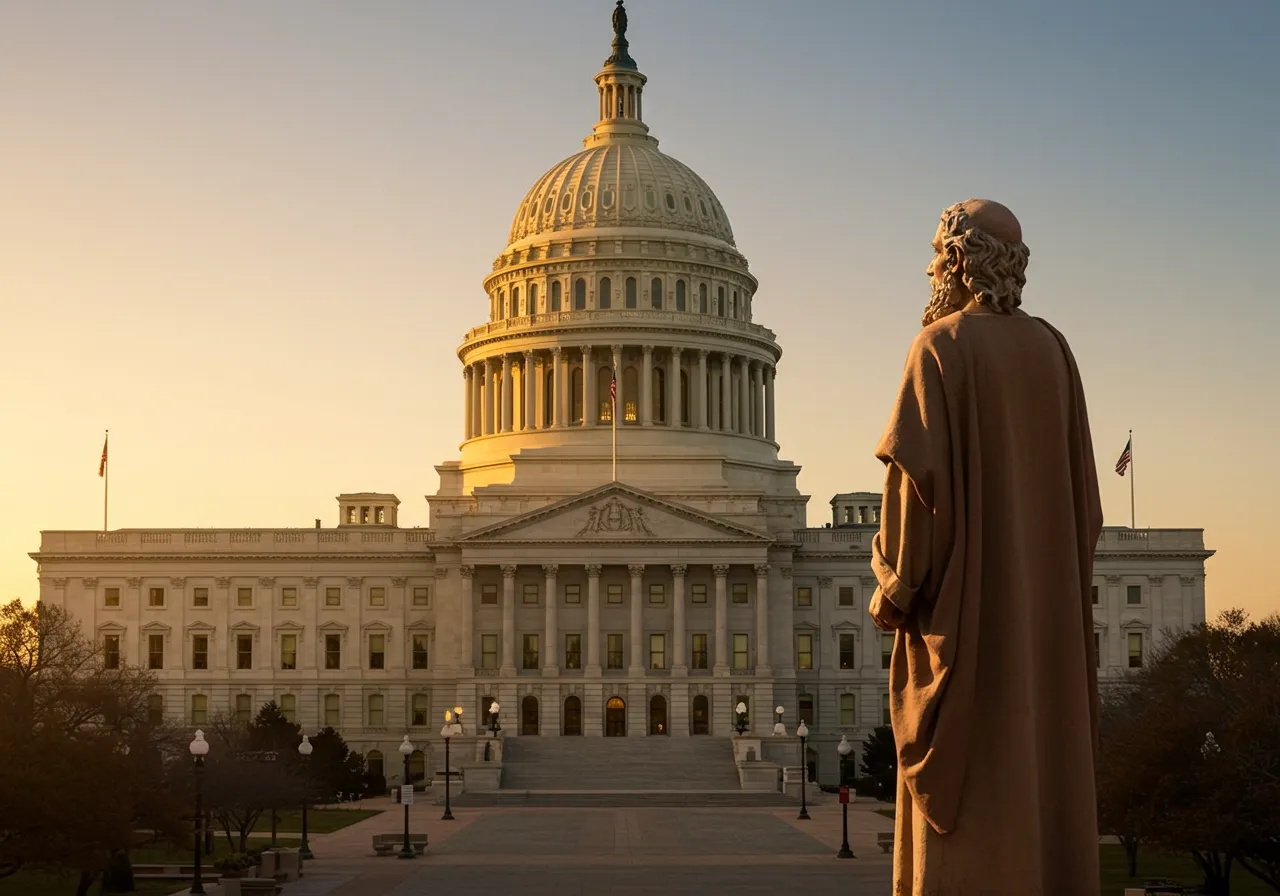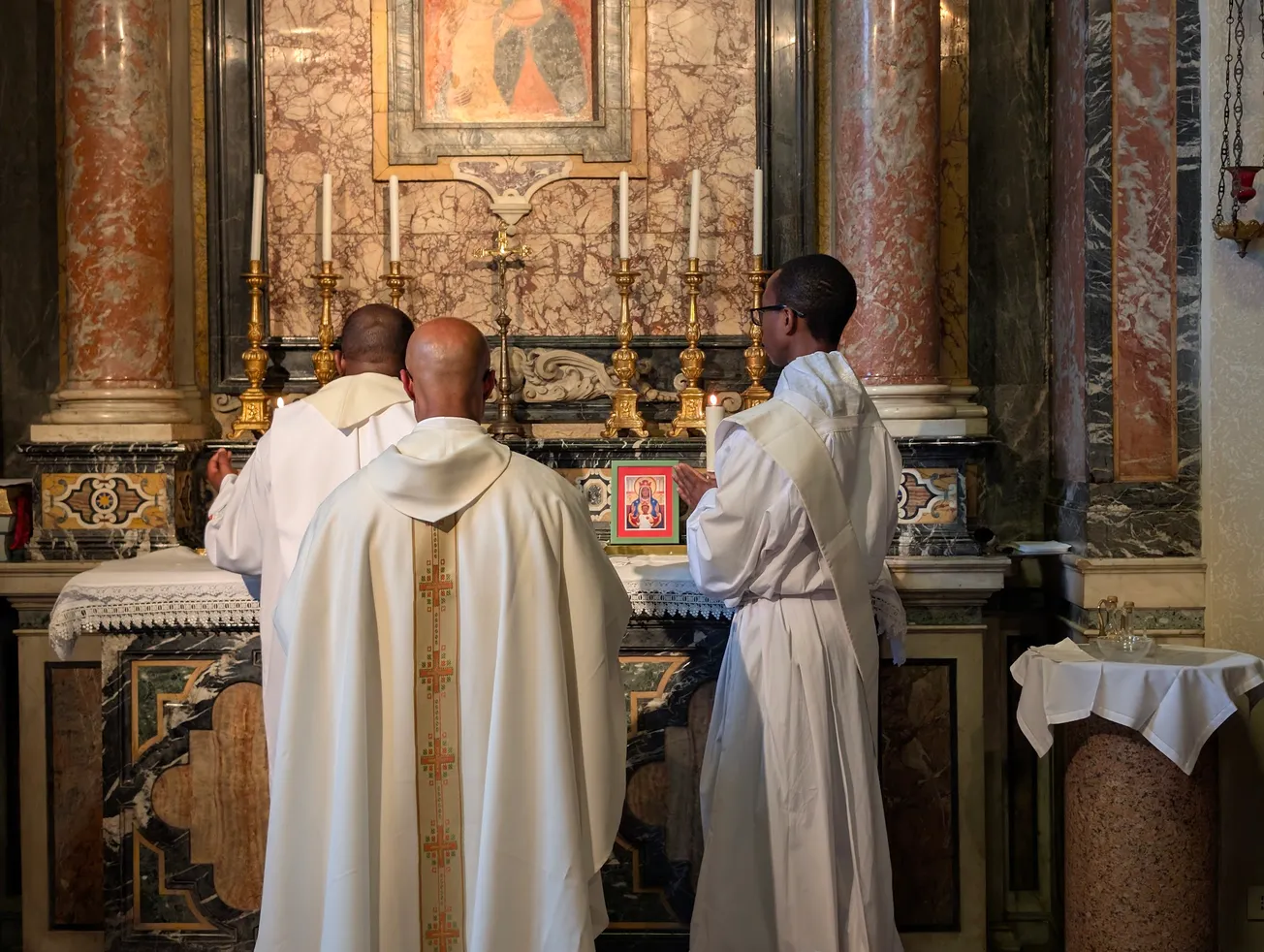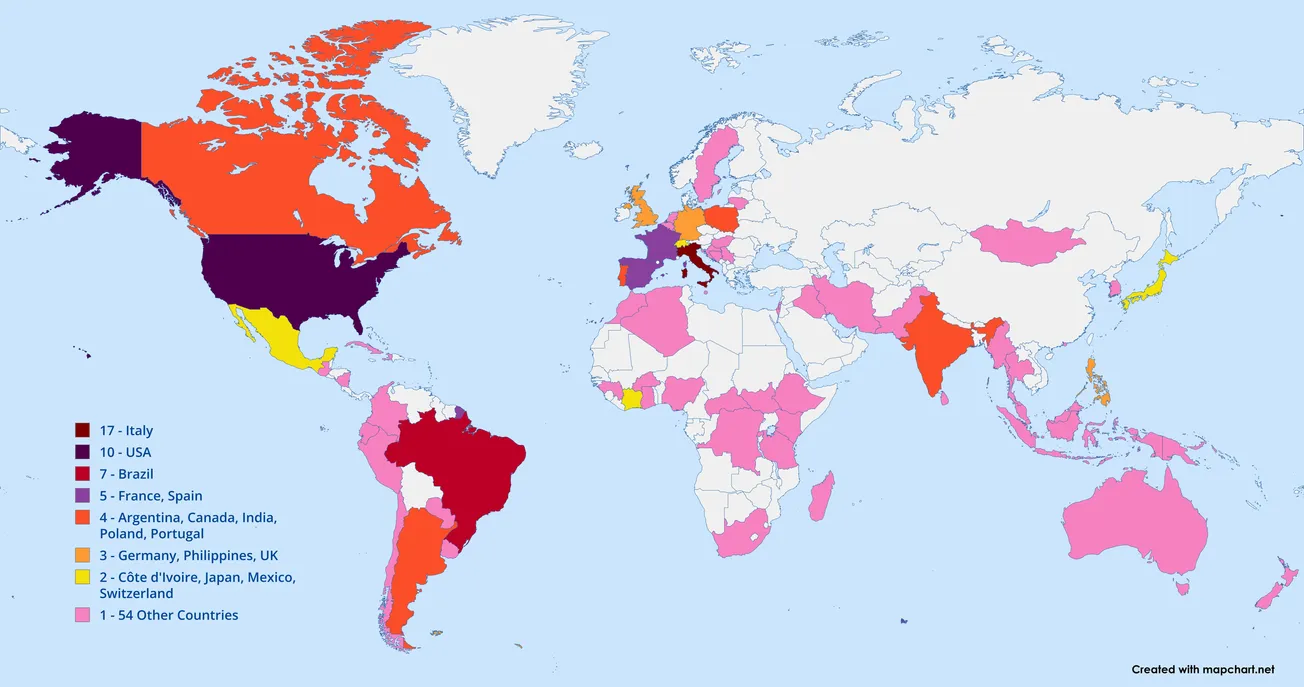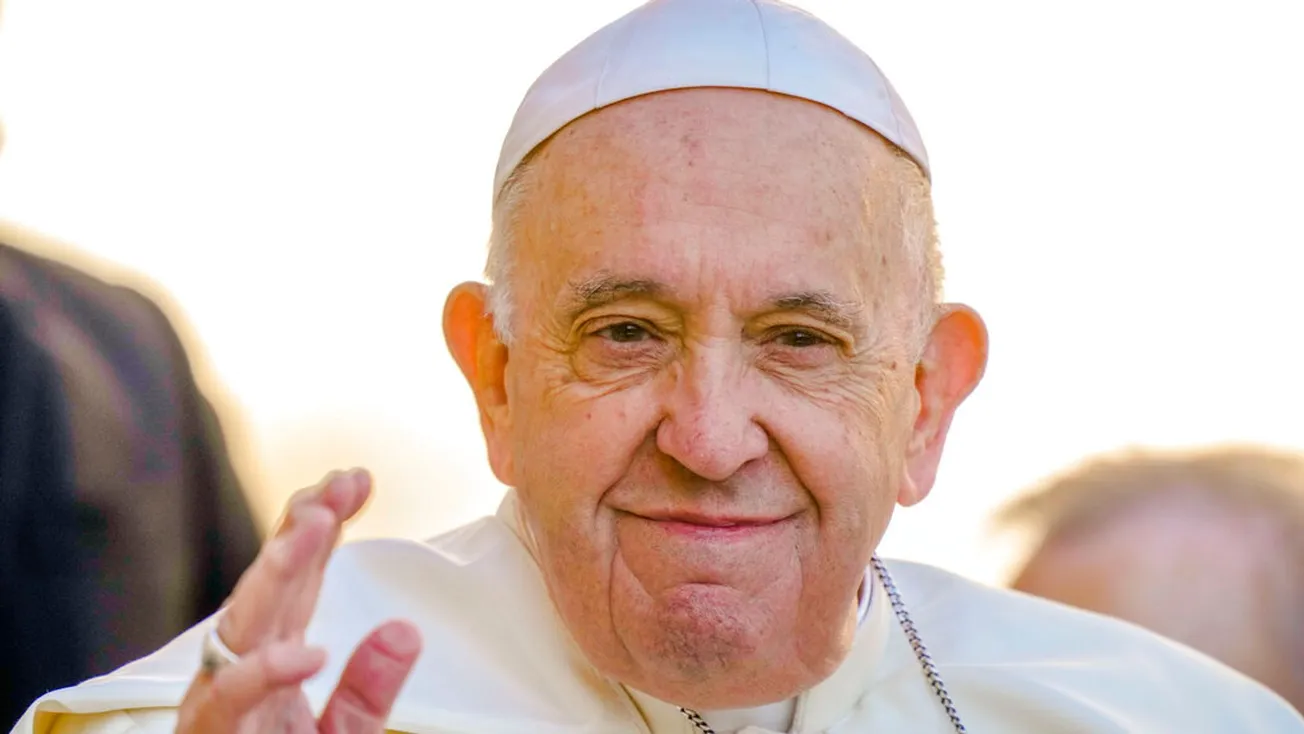This last week of May marks a dual anniversary.
Tuesday was the one-year anniversary of the murder of George Floyd in cold blood by Derek Chauvin, who kneeled on his neck for 9 minutes as multiple police officers stood by without protest.
Today is the 100th anniversary of the Tulsa Race Massacre, in which much of the White population of the city enacted a small-scale genocide, murdering men, women, and children in a largely successful attempt to wipe out the flourishing Black community of Greenwood on the north side of the downtown area.
That both events occurred in the same week of the year is in one sense ironic, and in another tragic.
That two such events have occurred at all to the same community in the same country over a century apart perhaps goes to show just how little has changed in America since the Jim Crow era and the end of Reconstruction.
It can easily be said that the murders of the Greenwood victims and of Floyd were linchpin moments for the country: the first defining then and now just how easily Black communities can be destroyed by their oppressors (without consequence), and the second illustrating how, even when a form of justice is enacted for Black Americans, it is usually after the fact—and incomplete.
Congress is only just now beginning to deliberate on the explanation and reparation due to the Black citizens of Tulsa, and that in itself is remarkable on a number of levels. How has it taken so long? Why now? When will the state act to repair other massacred Black communities around the country? (Tulsa was not the first or the only, after all.)
Amazingly, some of the victims of the massacre in Oklahoma are still alive, and testified before the state to underscore the magnitude of the atrocity perpetrated against them. The living, fleshy evidence of White Terrorism in America.
More amazing still is that, a full century after the event, there will be debate over whether anything should be done for the victims and their descendants at all.
No one was ever charged for the murders. The arson. The rioting. The looting. The lying. The indecent burials. The hate. The sacrilege.
Even so, faith, hope, and love remained.
Not unlike the 1985 Move Massacre in Philadelphia, one nearby remnant of the leveled Black community in Tulsa was a Catholic Church: the diocese’s Holy Family Cathedral, which provided shelter, food, and clothing to the victims at the behest of its pastor, Fr James Heiring.
And what many don’t know is that St Monica’s Church—which has faithfully served the Black Catholics of Tulsa for nearly a century—was also a memorable beacon of light (and charity) in the years following the Greenwood massacre. (Having been established partially in response to the event itself.)
Many of Tulsa’s historic Black Protestant churches have now been rebuilt, and there now exists a second Black Catholic parish across town from Greenwood, St Augustine’s in Springdale.
Today, we are also in a time of rebuilding.
Rebuilding trust in a policing institution originally created to ensure our bondage, and which today has only marginally changed its tune.
Rebuilding trust in a governmental structure which to this day bristles (in a curiously bipartisan way) at the thought of a Black-specific agenda of direct financial reparations and full historical recognition.
It is the kind of rebuild in which no one seems to be able to recall the shape or design of the original edifice, perhaps because its existence is fictional. Aspirational.
What will the next hundred years bring? More death to remember? More communities of legend known only in memory? More bureaucracy that prioritizes spectacle and budgets over meaningful uplift and repair?
May it never be.
Nate Tinner-Williams is co-founder and editor of Black Catholic Messenger, in priesthood formation with the Josephites, and a ThM student with the Institute for Black Catholic Studies at Xavier University of Louisiana (XULA).
Want to donate? (You have options.)







